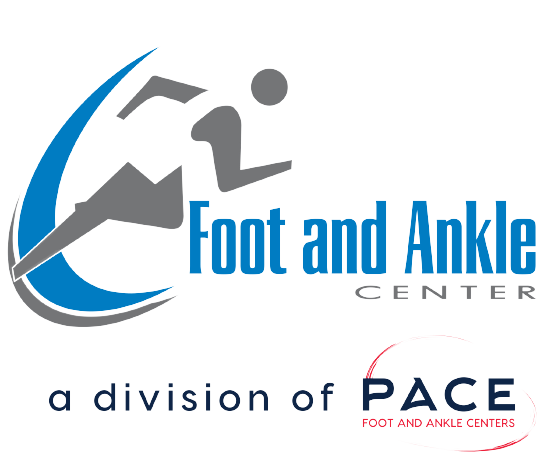Warts
Plantar warts and other types of warts (verruca) are very common to the feet. A plantar wart is a wart on the bottom of the foot. Plantar warts are generally described as a small, medium or large, elevated callused tissue that has small black specks in the center. These specks are the blood supply to the wart. Warts are caused by a viral infection, specifically by human papillomavirus 2 and 7. There are many varieties of warts with the most common being considered largely harmless. It is possible to get warts from others; they are contagious. They have an incubation period from 1 to 9 months before they are visible, making it difficult to determine where the wart virus was picked up.
Types
- Common wart (Verruca vulgaris), a raised wart with roughened surface, most common on hands, but can grow anywhere on the body
- Flat wart (Verruca plana), a small, smooth flattened wart, flesh-colored, which can occur in large numbers; most common on the face, neck, hands, wrists and knees
- Periungual wart, a cauliflower-like cluster of warts that occurs around the nails.
- Plantar wart (verruca, Verruca pedis), a hard, sometimes painful, lump often with multiple black specks in the center; usually only found on pressure points on the soles of the feet
- Mosaic wart, a grouping of numerous, closely aggregated plantar warts on the sole of the foot.
Cause
Warts are caused by the human papillomavirus (HPV). The virus tends to invade the skin where there is high pressure or a break in skin integrity. Once established, the wart encapsulates and grows. This can manifest in many ways, but typically on the foot where a hard callous around the lesion forms and becomes painful.
Treatment
There are many different treatments and procedures associated with wart removal. The Foot and Ankle Center’s common treatments are all provided below. They vary from patient to patient depending on the severity, chronicity, previous treatments and other circumstances. We review what treatment options that we feel are best for the patient. Treatments options may include:
- Imiquimod, Veregen are topical creams/ointment.
- Cantharidin, a natural blistering agent found in the Meloidae family of the blister beetle. When applied, the skin blisters and the wart comes off with the surface skin.
- Fluorouracil, which inhibits DNA synthesis, is applied directly to the wart (especially plantar warts) and covered (for example: with tape). This treatment is combined with the use of a pumice stone, but tends to work very slowly.
- Salicylic acid 60%. This dose is much higher than what is done over the counter which is usually 12%.
- Cryosurgery, which involves freezing the wart with liquid nitrogen.
- Laser treatment, which is done as an outpatient surgery under sedation.
- Cimetidine, has been shown to work in the removal of warts in certain studies with children. While the exact mechanism is unknown, it is thought to heighten the state of the immune system and ‘alert’ the body about the wart and destroy it.
Over-The-Counter
There are several over-the-counter (OTC) options. Most OTC treatments are not very effective in eradicating the plantar wart. The most common OTC treatments involve salicylic acid. Cryotherapy (freezing with Freon) is inexpensive but the disadvantage is that the OTC applicator is too large for small warts, and the temperature achieved is not nearly as effective as liquid nitrogen used in a physician’s office.

